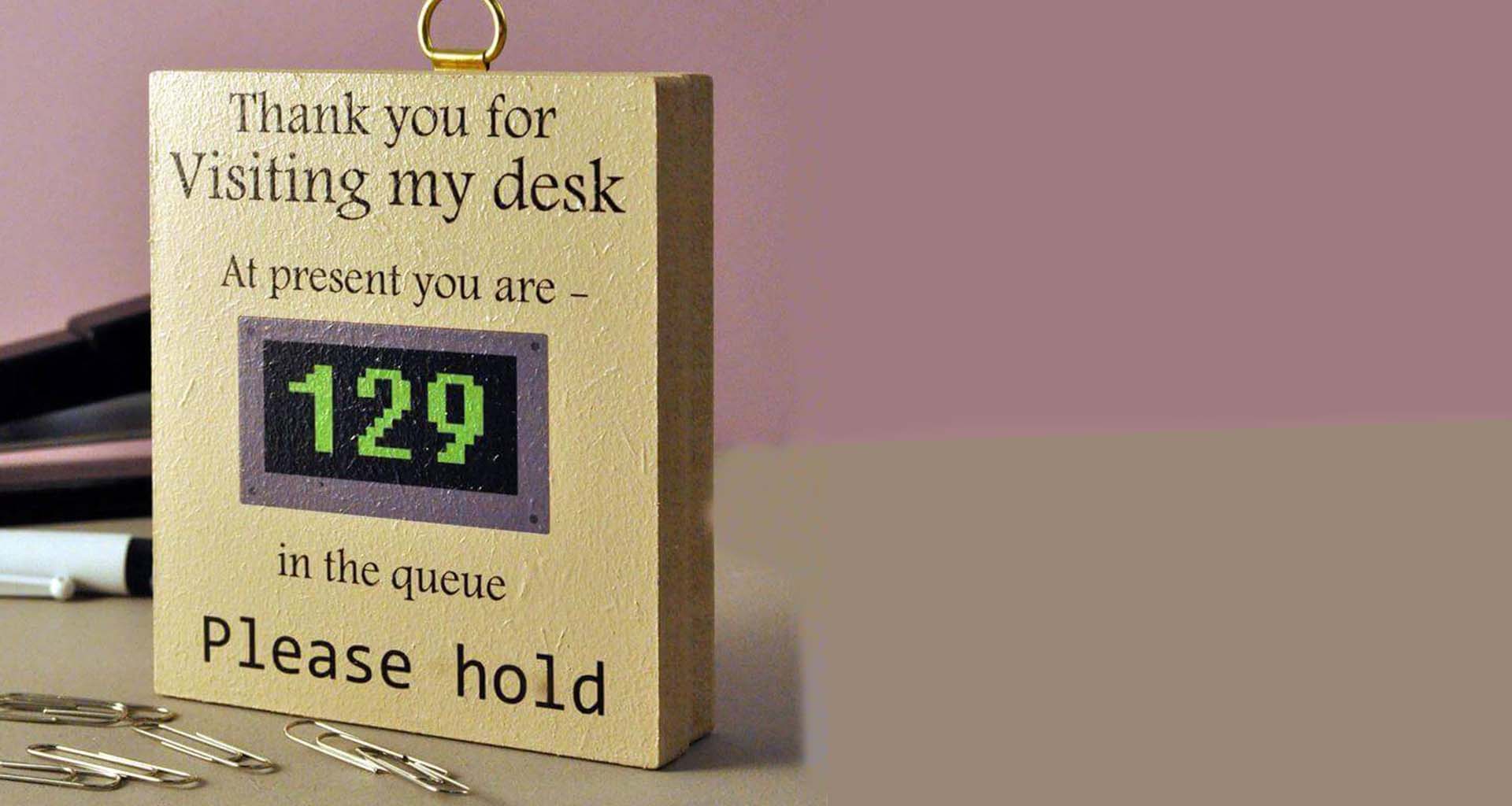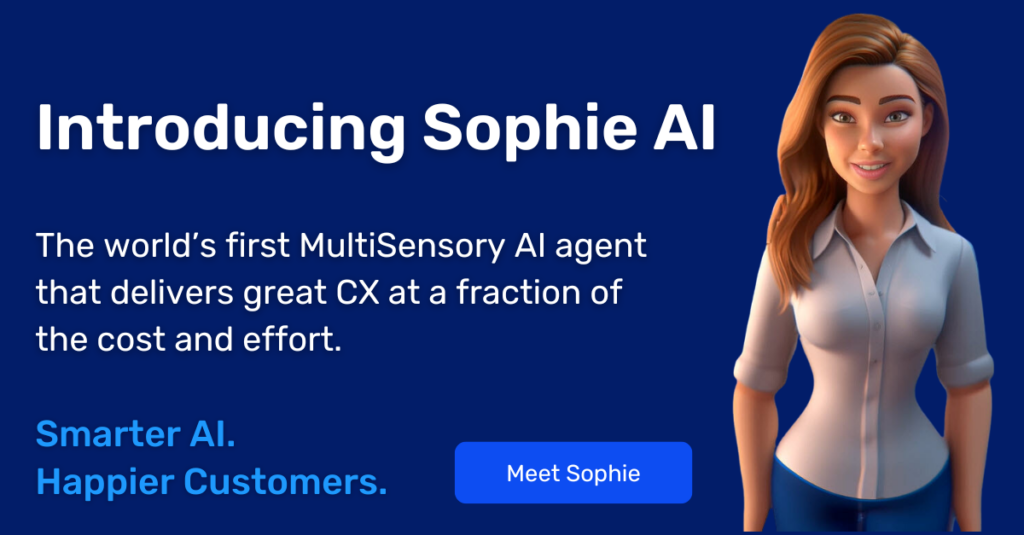Today’s customer service personnel are being asked to deliver higher quality service across more products, more complex products, and at more significant volumes than ever before. In response, many leaders in the industry are investing in increasing the skill levels of their contact center agents, often referred to as upskilling. Most service organizations have found that visual support is a force multiplier when upskilling agents, helping them maintain their average handle time (AHT) and first contact resolution (FCR) while adjusting to their new duties. This post will explore how to accomplish upskilling effectively, mitigate some of its key risks, and why visual support helps.
Skill set investment has critical operational implications. There is a substantial investment from support leadership, often enabling greater agility of contact center resources as agents can support a broader catalog of products. Another outcome of training first-line agents to cover more extensive product lines is the improvement of FCR and overall time to resolution. Whether you seek to increase agent agility, improve FCR and MTTR, or intend to do all three, this is the perfect opportunity to train agents (or reinforce training) on visual assistance best practices. Combining visual assistance training and reinforcement with upgrading skill levels provides the perfect one-two punch, empowering agents to provide better, faster resolution to customers across the most complex calls. Visual assistance is practical even when agents require more experience with wide-ranging support.
Upskilling to Support More Products
Many organizations have initiated upskilling initiatives to enable agents to support a long list of products and services. Once this training is complete, management can better supervise and allocate their contact center agents. Management gains the flexibility to consider contact center consolidation or more agile agent designation across product and service groups. With this upskilling complete, agents will be able to support more products or services by (a) identifying the specific product or service, (b) diagnosing the issue, and (c) guiding the customer to full issue resolution.
Even the best contact center agents will experience lower-than-average performance when supporting a new product. Lower performance is typical whenever agents have to navigate unexplored territory. The fastest and easiest way for these agents to improve their AHT and FCR is by opening a remote visual session. In my experience working with dozens of enterprises, I have found that when recently skilled agents can see what the user sees, they can more readily recall their training and guide customers successfully through less familiar support flows. Furthermore, seeing the product, support flow, and resolution further reinforces their upskill training, accelerating their learning curve with the new product or support flow.
Upskilling to Provide Deeper Support
Other organizations have initiated agent upskill training that provides extensive knowledge and skill sets on a specific product or product line. Education of this type entrusts agents to resolve more complex issues without escalation. Once again, visual technologies offer these agents a complete picture of the customer’s situation and the confidence to support them.
When helping a customer troubleshoot and resolve their issue, showing is far faster and easier than telling. It is a transparent experience for agents to see and guide the customer through a live video session instead of having a conversation reliant on verbally describing an issue or part. Visual assistance is especially advantageous on more complex products or less familiar support flows. They say a picture is worth a thousand words, so why ask a customer or agent to struggle to verbally communicate a particular technical term when you can simply show them the issue? For the customer’s clarity, video and augmented reality tools allow agents to draw right on that customer’s video feed, showing them exactly what needs to be done and directing them to a full resolution.
When upskilling agents to provide comprehensive support for a familiar product, they will typically have below-normal AHT and FCR while they become more familiar with their new support flows. Visual support enables recently upskilled agents to improve their AHT and FCR as they can better recognize the situation, recall their training, guide the customer, and remember this experience for the next time. Combining training on visual support technology alongside more advanced education on product support is the ultimate performance-enhancing strategy.
Real-World Example
To illustrate this point, consider a recent upskilling initiative with a leading European Telco.
The organization upskilled two groups: one of new agents and another of experienced veterans from their contact center. The recruits trained to use TechSee as the standard operating procedure (SOP), whereas the veterans trained on new products. Within two weeks, the recruits showed substantially higher KPI performance across FCR, AHT, and truck roll reduction.
The conclusion was crystal clear. An agent trained on visual support as the standard operating procedure (SOP) will adopt visual assistance faster and deliver far better performance. Upskilling is an ideal opportunity to set visual support as the SOP. Agents trained to default to visual engagement will show more substantial adoption and better performance.
Agent upskilling is a serious investment, particularly in today’s economy. By integrating visual support technology in the process, you get the maximum outcome for the minimum additional effort while upgrading your knowledge level skills.
To learn more about integrating visual support technology training into your agent upskill training or onboarding, please contact your TechSee representative today. Not yet a TechSee customer? Please drop us a line.








